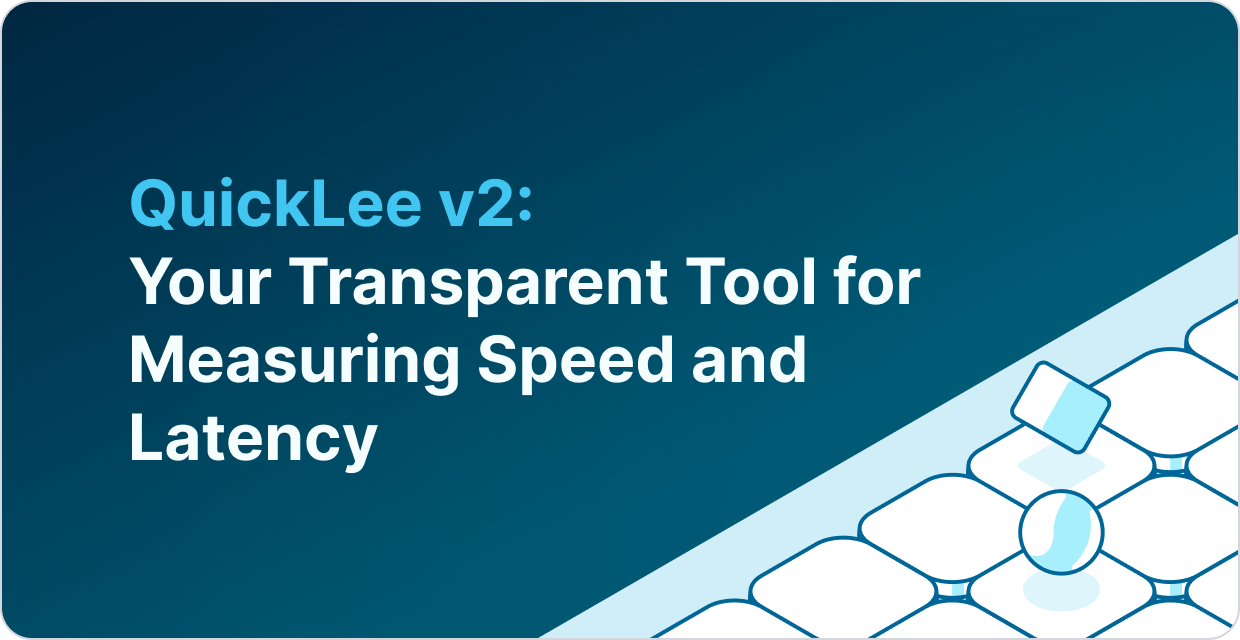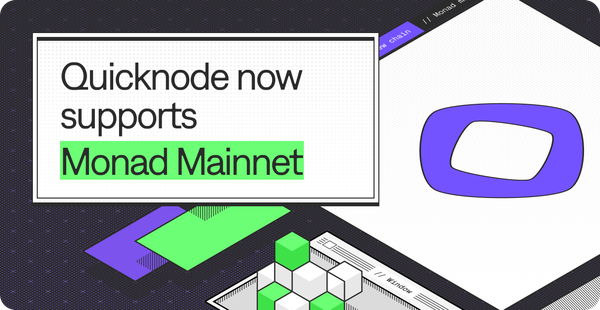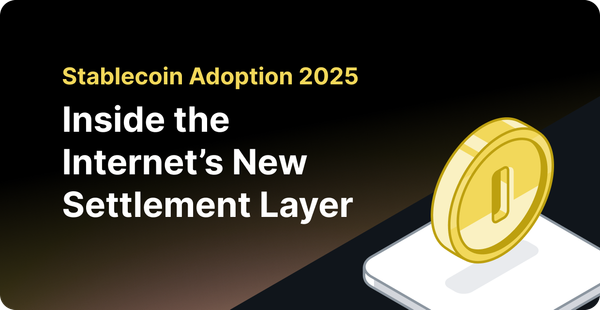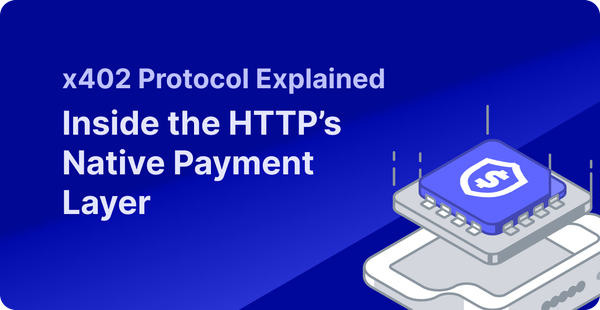QuickLee V2: An Improved Transparent Look into RPC Provider Latency
View public and real-time dashboards to better understand latency and speed when evaluating RPC providers.

Builders deserve objective and fresh data about their infrastructure stack, so we built a node provider comparison tool. Internally referred to as QuickLee, we’ve recently overhauled and improved our measurements to help prospective builders make even more informed decisions when choosing their provider. QuickLee V2 provides deeper insights and a more accurate view of node provider performance across multiple regions.
The Dashboards
Here, you’ll find the most up-to-date comparisons for top chains.
⚡ QuickLee - Arbitrum One ⚡ QuickLee - Ethereum ⚡ QuickLee - OP Mainnet ⚡ QuickLee - Polygon PoS ⚡ QuickLee - BNB Smart Chain ⚡ QuickLee - Base ⚡ QuickLee - SolanaWhy You Should Care About Speed
In today’s fast-moving Web3 landscape, every millisecond counts. Whether you’re bootstrapping a DeFi protocol or scaling an NFT marketplace, the performance of your infrastructure directly impacts user experience, conversion rates, and ultimately your bottom line. That’s why having clear, objective, and up-to-the-moment data on node provider speed isn’t just a “nice-to-have,” it’s mission-critical.
With QuickLee V2, we’re open-sourcing our benchmark data across multiple regions and providers. We provide p95, median, and average latency, as well as a list of total / failed calls and success rate. Now you can see, in real time, exactly how QuickNode stacks up against the competition, empowering you to choose the fastest, most reliable path for your project with absolute confidence.
| Provider | P95 Latency (ms) | Network | Observed |
|---|---|---|---|
| quicknode | 56.3ms | Ethereum | |
| chainstack | 178ms | Ethereum | |
| alchemy | 232ms | Ethereum | |
| nodereal | 271ms | Ethereum | |
| ankr | 178ms | Ethereum | |
| 593ms | Ethereum | ||
| infura | 695ms | Ethereum |
"Speed is invisible when it works and unforgivable when it doesn’t."
Methodology for Measuring Response Times
- We created paid accounts/API endpoints for multiple node providers.
- We are making test calls using the eth_getBalance RPC method for Ethereum. This method queries the balance of a wallet address at a specific block height (the latest in our case).
- We are using multiple cloud/hosting providers for these tests: AWS, GCP, and Oracle.
- We have set up three independent cloud providers — AWS, GCP, Oracle — across five global regions — Ohio, California, Frankfurt, Tokyo, Singapore.
- We make concurrent tests every 60 seconds.
- The test data is piped (without any interference) into Grafana. Each test—call — records the total response time along with other metadata, such as the response status code.

What’s New in QuickLee v2?
- More Metrics: In addition to average, we now measure median and p95 response times across regions.
- Concurrent Requests: Unlike v1, which ran all requests sequentially, QuickLee v2 executes tests concurrently. This approach provides a true snapshot of network connectivity and blockchain conditions at a single point in time, reducing skewed results.
- More Regions & Providers: QuickLee v2 now tests across five regions (up from three in v1). We also increased the number of cloud providers from 2→4, ensuring a comprehensive view of global performance.QuickLee v2 also provides additional detail on provider-level breakdown, which shows latency from specific cloud providers to different RPC providers. You’ll instantly see whether, say, Oracle in Frankfurt or AWS in Singapore is the culprit.

Why the QuickLee v2 Changes Matter
- Accurate Comparisons: Concurrent testing now ensures that our benchmarks reflect real-world network conditions, giving you an honest look at provider performance.
- Transparent Data: With live, public-facing Grafana dashboards (see links above) and an improved external website, both prospective and current customers can easily access and interpret our performance data.
Speed isn’t Optional, It’s Foundational
UX still decides winners in Web3. With QuickLee V2 we’re doubling down on radical transparency—live metrics, real endpoints, no cherry-picking. Whether you’re benchmarking your own stack or just curious who’s fastest today, the data is yours to explore.
Update: curious to learn more about our Solana-specific benchmark? Click here!
About QuickNode
QuickNode is building infrastructure to support the future of Web3. Since 2017, we've worked with hundreds of developers and companies, helping scale dApps and providing high-performance access to 70+ blockchains. Subscribe to our newsletter for more content like this, and stay in the loop with what's happening in Web3!






